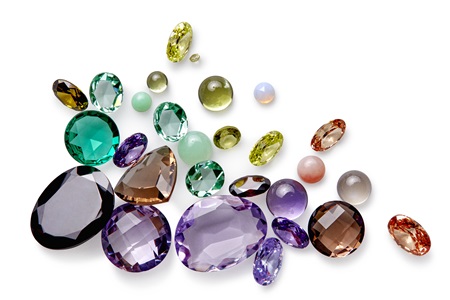Stones
According to a study by the environmental consultancy, Trucost, the environmental cost of cubic zirconia is just 0.002% of that of a mined diamond, largely due to the vastly smaller quantity of energy required to produce cubic zirconia. More specifically, cubic zirconia uses 5,000 times less CO2 and 3,000 times less water per carat than a mined diamond.
Our use of man-made stones considers both the climate crisis, the increasing constraints on natural resources and changing consumer expectations. The flipside of this can be the negative impact on livelihoods and local communities that rely on local, artisanal mining. Moreover, the production of man-made stones is energy-intensive, which is why it should, whenever possible, utilise renewable energy sources and why supplementary off setting measures for remaining emissions may be required. We will be investigating these issues in the years to come.
In 2023, we further expanded our Pandora Lab-Grown Diamonds collections, which is transforming the diamond market with products that have a significantly lower impact and carbon footprint compared to mined diamonds. The lab-grown diamonds point to a future with low carbon jewellery. Read more about Pandora’s lab-grown diamonds here.
.jpg?la=en&h=400&w=400&hash=F7992216ADC9BF0BE8FAB0D029C43FC0)
